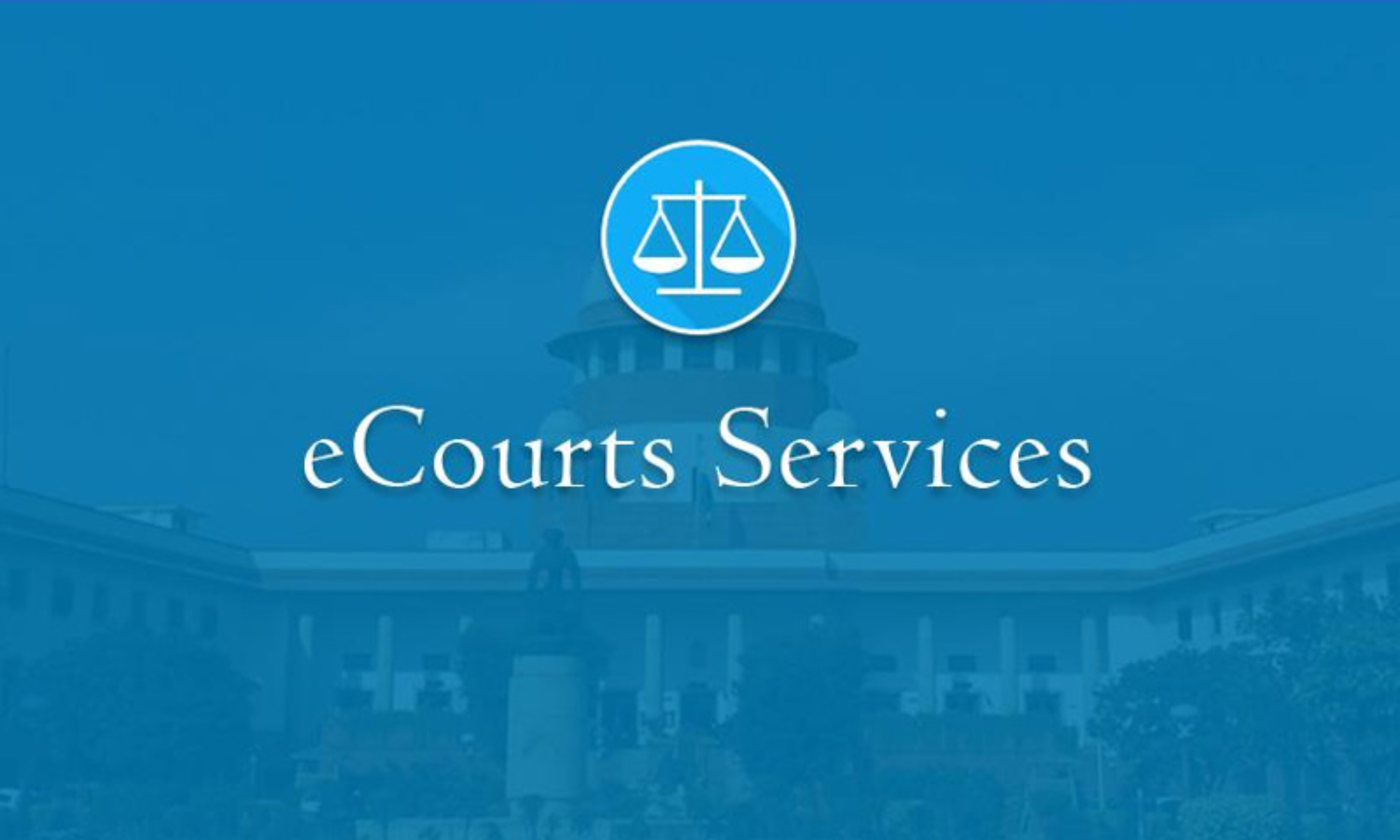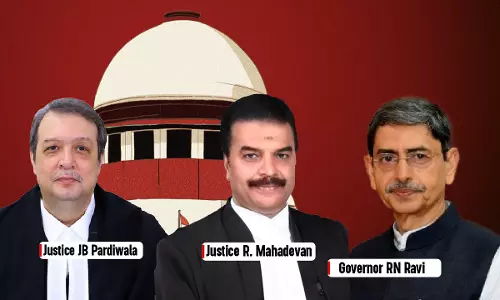
During the ongoing monsoon session of the Parliament, the Union Minister of Law and Justice Arjun Ram Meghwal revealed the funds allocated by the Union Government for the e-Courts Mission Mode Project under various heads.About e-courts project The e-courts project is a National eGovernance project for the Information and Communication Technology (ICT) enablement of the judiciary in India at...
During the ongoing monsoon session of the Parliament, the Union Minister of Law and Justice Arjun Ram Meghwal revealed the funds allocated by the Union Government for the e-Courts Mission Mode Project under various heads.
About e-courts project
The e-courts project is a National eGovernance project for the Information and Communication Technology (ICT) enablement of the judiciary in India at all levels to facilitate the speedy disposal of cases. It was conceptualised by the e-Committee constituted by the Supreme Court under the National Policy and Action Plan for Implementation of Information and Communication Technology. The e-committee is headed by the Chief Justice of India.
The ICT enablement allows for providing a transparent online flow of information on case status, orders, and judgments to the judiciary as well as litigants, lawyers, and other concerned stakeholders.
The National Judicial Data Grid, a repository of pending and disposed of cases, is a flagship project under e-courts project. The portal contains data of lower courts, high courts and now Supreme Court.
The e-courts project is divided into three phases: e-courts phase I (2011-15), e-courts phase II (2015-23) and e-courts phase III (2023-27).
The e-court phase I was aimed at the basic computerisation of courts and providing local network connectivity. Whereas, phase II focused on citizen-centric e-services. During this phase, in 18735 courts were computerised and interconnected with a wide area network.
Phase I and II were meant for the ICT development of the district and subordinate courts only. The Supreme Court and high courts were not a part of this phase. However, funds for the subordinate courts were given to the high courts because they are the implementing agency for the distribution of funds to the subordinate courts under the project.
The phase III has been approved by the Union Cabinet on September 13, 2023. A budget of Rs. 7, 210 crores have been allocated for four years starting from 2023 onwards. Phase III aims to usher in a regime of maximum ease of justice by moving towards digital, online, and paperless courts through digitization of the entire court records including legacy records.
It aims to brim the universalisation of e-filing and e-payment through saturation of all court complexes with e-Sewa Kendras.
Details of the funds for the e-courts project
The data on the e-courts project has been sought by Vishal Prakashbapu Patil, member of Lok Sabha from Sangli, on three issues: actual utilisation of funds allocated in the last three years, distribution of funds between the Supreme Court, high courts, and subordinate courts under phase III and distribution of funds state-wise.
The actual utilisation of funds allocated in the last three years
Distribution of funds under phase III
State-wise distribution of funds
Click here to read the statement


![LAST DAY To Get 30% Discount On LiveLaw Academys Judicial Service Examination Preparation Course [Apply Now!] LAST DAY To Get 30% Discount On LiveLaw Academys Judicial Service Examination Preparation Course [Apply Now!]](https://www.livelaw.in/h-upload/2025/04/10/500x300_595212-lla-last-day-750-x-450.webp)

